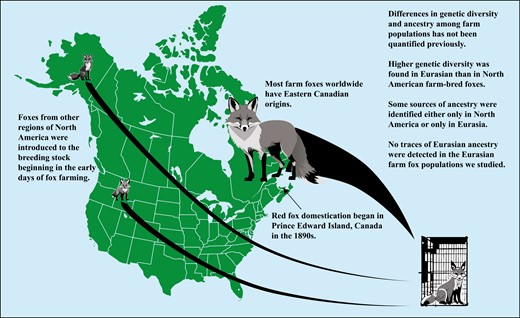2024-06-24 バーミンガム大学
<関連情報>
- https://www.birmingham.ac.uk/news/2024/new-study-confirms-forever-chemicals-are-absorbed-through-human-skin-1
- https://www.sciencedirect.com/science/article/pii/S0160412024003581
試験管内3Dヒト皮膚等価モデルを用いたパーフルオロアルキル物質の経皮バイオアベイラビリティ Dermal bioavailability of perfluoroalkyl substances using in vitro 3D human skin equivalent models
Oddný Ragnarsdóttir, Mohamed Abou-Elwafa Abdallah, Stuart Harrad
Environment International Available online: 23 May 2024
DOI:https://doi.org/10.1016/j.envint.2024.108772
Abstract
Perfluoroalkyl substances (PFAS) have been identified in various products that come in contact with human skin, ranging from school uniforms to personal care products. Despite this, knowledge on human dermal uptake of PFAS is lacking. Thus, the human dermal absorption of 17 PFAS was assessed, for the first time, using in vitro 3D-human skin equivalent models exposed to 500 ng/cm2 PFAS dissolved in methanol over 24–36 h. The distribution of target PFAS is presented, based on three fractions: absorbed, un-absorbed, and retained within skin tissue (absorbable dose). Perfluoropentanoic acid (PFPeA) and perfluorobutane sulfonate (PFBS) had the highest absorbed fraction, 58.9 % and 48.7 % respectively, with the absorbed fraction decreasing with increasing carbon chain length of the studied perfluorocarboxylic acids (PFCAs) (r = 0.97, p = 0.001) and perfluorosulfonic acids (PFSAs) (r = 0.97, p = 0.004). Interestingly, while longer chain PFAS (Cn ≥ 9) were not directly absorbed, a large fraction of the exposure dose was detected within the skin tissue at the end of the exposure. This was most apparent for perfluoroundecanoic acid (PFUnDA) and perfluorononane sulfonate (PFNS) for which 66.5 % and 68.3 % of the exposure dose was found within the skin tissue, while neither compound was detected in the absorbed fraction. For compounds with a carbon chain length > 11, the fraction found within the skin tissue, decreases with increasing chain length. Physicochemical properties played a role in dermal permeation of PFAS, with a clear inverse correlation between logKOW and absorbed fraction for both PFCAs (r = -0.97; p ≤ 0.001) and PFSAs (r = -0.99; p ≤ 0.001). Steady-state flux (JSS) and permeation coefficients (Papp) were determined for target compounds with significant permeation after 36 h exposure (C5-C8 PFCAs and C4-C7 PFSAs). In general, both the flux and permeation coefficient decreased with increasing chain length.
Graphical abstract



